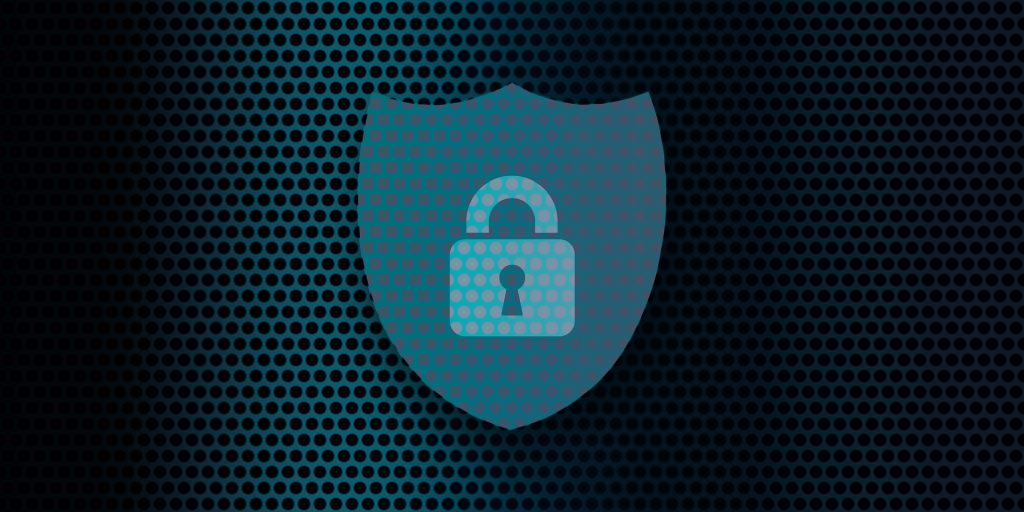The role of cybersecurity in combating election disinformation
This article first appeared on Dark Reading.
The mention of “election security” among cybersecurity practitioners typically conjures up concerns about voting machine tampering, vulnerabilities, and the possibility of data breaches. But there’s more to it than hardware, software, and process. Misinformation and disinformation are extremely pressing problems that are commingled with traditional cybersecurity—a multilayered attack technique that took center stage in 2020 and has only grown more endemic since.
Time may be running out as the midterms approach, but security teams on the front lines—those that work with voting equipment manufacturers, businesses that supply component parts, and those within government agencies responsible for ensuring the integrity of election equipment—can still take integral steps to combat this very dangerous threat.
As far as misinformation and disinformation are concerned, neither is a new concept. The practice of spreading mis- and disinformation (aka “fake news”) can be traced back as far as circa 27 BC, when then Roman emperor Caesar Augustus spread lies about his nemesis, Mark Antony, to gain public favor.
“Misinformation” is the unintentional spread of disinformation. “Disinformation” is the intentional spread of false information that is purposely meant to mislead and influence public opinion. This may contain tiny snippets of factual information that have been highly manipulated, helping to create confusion and casting doubt on what’s fact and what’s not.
Read the full article on Dark Reading.




















